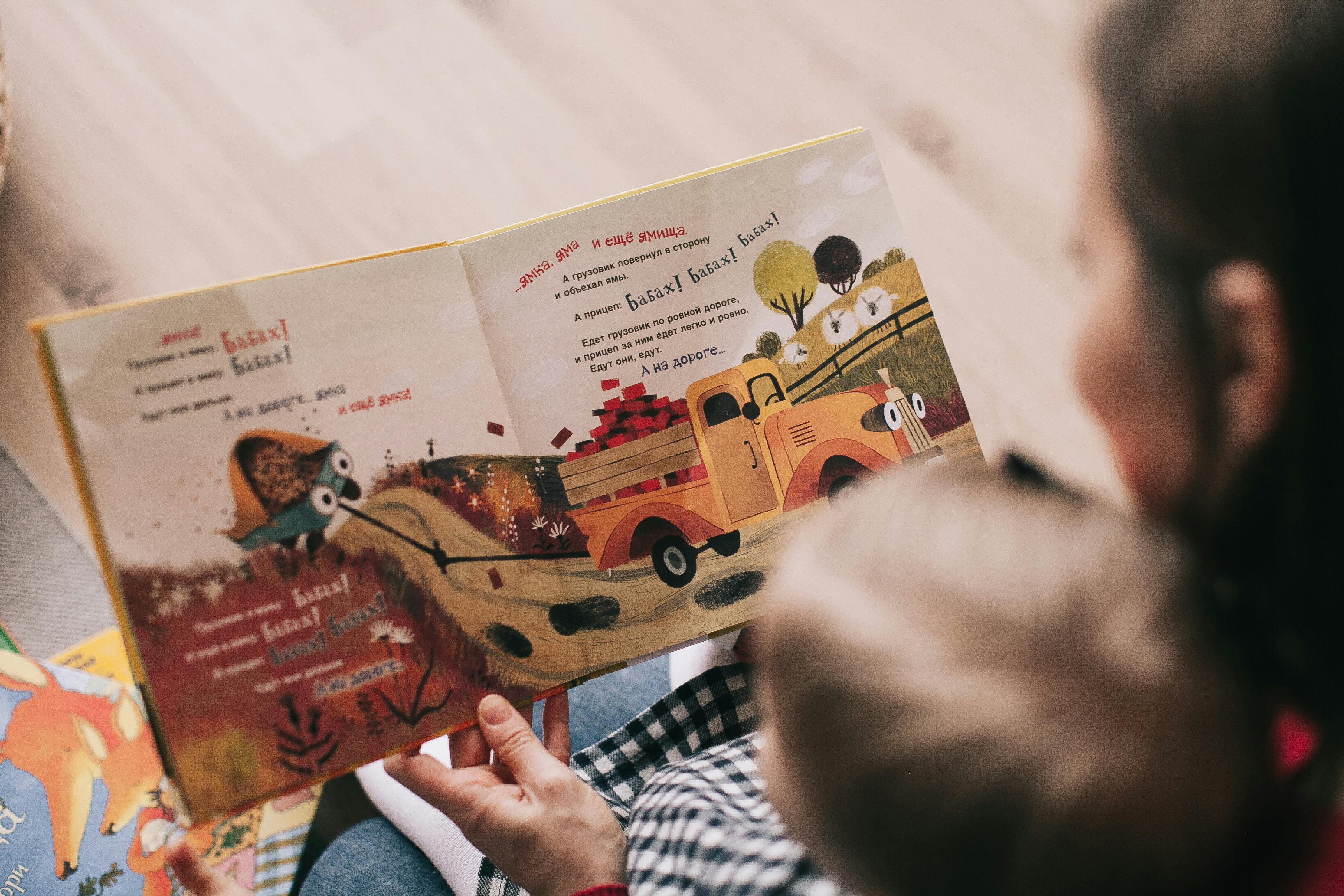Table of Contents
Childproofing the Home
Before babysitting, it is essential to familiarize yourself with the home environment and identify any potential hazards. Make sure that all dangerous items such as cleaning supplies, sharp objects, and small choking hazards are out of reach of the children. Secure cabinets with childproof locks and cover electrical outlets to prevent accidents. Also, ensure that furniture is secure and cannot tip over. By childproofing the home, you can create a safe environment for the children to play and explore without the risk of injury.
On-Demand Childcare in Your Neighborhood
Book a Sitter
Emergency Preparedness
As a babysitter, it is crucial to be prepared for emergencies. Make sure you have a list of emergency contacts, including the parents’ contact information, a trusted neighbor, and the local emergency services. Familiarize yourself with the location of the nearest hospital and fire station. In case of a fire, know the evacuation plan and practice fire drills with the children. It is also important to have a first aid kit on hand with essential supplies such as bandages, antiseptic wipes, and gloves. Being prepared for emergencies can help you act quickly and efficiently in case of an unexpected situation.
Supervision and Monitoring
One of the most critical safety tips for babysitters is to provide constant supervision and monitoring of the children. Always keep an eye on the children, especially young ones who may be more prone to accidents. Avoid distractions such as phone calls, text messages, or watching TV while babysitting. Create a safe play area for the children where you can easily monitor them. Engage in activities with the children to keep them entertained and prevent them from getting into mischief. By being attentive and vigilant, you can ensure the safety and well-being of the children under your care.

Feeding and Food Safety
When it comes to feeding children, it is essential to follow proper food safety guidelines. Always check with the parents about any food allergies or dietary restrictions that the children may have. Avoid giving the children any choking hazards such as nuts, grapes, or popcorn. Make sure to cut food into small, bite-sized pieces for young children to prevent choking. Wash your hands before preparing meals and snacks, and encourage the children to do the same.
Proper food safety practices can help prevent foodborne illnesses and ensure that the children are eating nutritious and safe meals.
First Aid and CPR
One of the most important safety tips for babysitters is to have basic knowledge of first aid and CPR. In case of an emergency such as a fall, cut, or allergic reaction, knowing how to administer first aid can make a significant difference. Take a first aid and CPR certification course to learn essential skills such as CPR, choking rescue, and wound care. Familiarize yourself with the proper procedures for handling emergencies and practice them regularly. Having the confidence and skills to respond to emergencies can help you provide immediate assistance and potentially save a child’s life.
In conclusion, babysitting is a rewarding experience that requires a high level of responsibility, especially when it comes to the safety of the children under your care. By following the top 10 safety tips discussed in this article, you can create a secure and nurturing environment for the children. Remember to childproof the home, be prepared for emergencies, provide constant supervision, follow proper food safety guidelines, and have basic knowledge of first aid and CPR. By prioritizing safety, you can ensure a positive and enjoyable babysitting experience for both you and the children.










